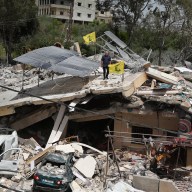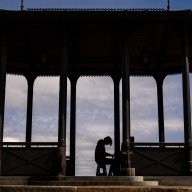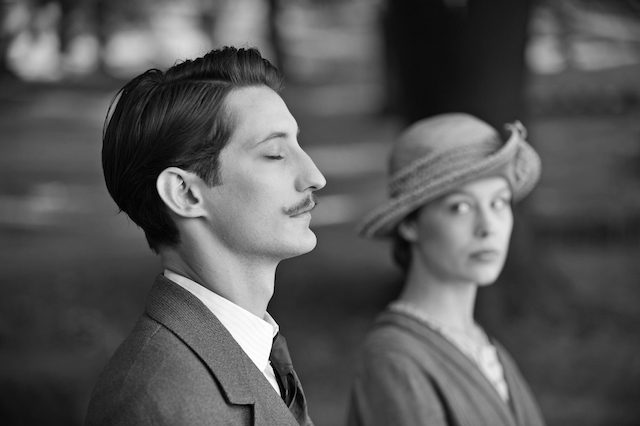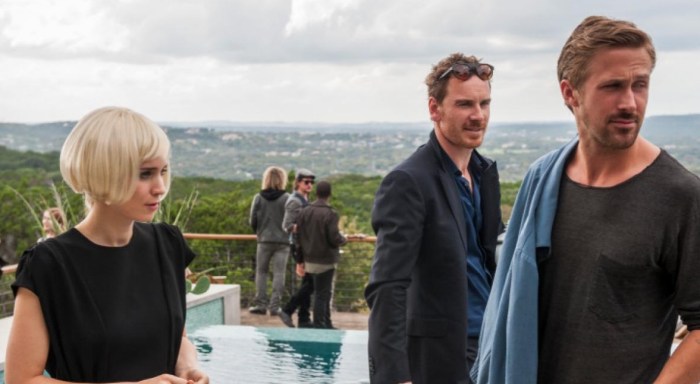‘The Salt of the Earth’ Like Chris Marker’s “La Jetee,” “The Salt of the Earth” is told almost entirely in still photos — stark, expressionistic black-and-white images of unimaginable suffering and poverty. It’s a look at Sebastiao Salgado, a longtime photojournalist who himself rarely appears on-screen and whose own life is largely inferred through those he photographs. Like the heroes in the films of Wim Wenders — one of this doc’s two directors, as it were — he spends most of his time traveling. In a sense this is another Wenders road movie, only it spans an entire life (Salgado is in his 80s, and still working) and winds up in locations even more far-flung than usual: places, if they’re even touched at all by civilized man, are ignored and mistreated, underfed and left to wither. There are haunting sights aplenty: hordes of impoverished diggers hunting for gold; faces, as Salgado describes on the narration track, “deeply marked by life,” with shadowy crevices running about; skin so eroded by the elements it looks, he says, “like tree bark.” In malnourished parts of Africa he finds a dead boy, sunken down to the bone. Susan Sontag used Salgado’s arresting but often un-contextualized images as the number one example in her jeremiad against photography that depicts suffering, charging that they merely aestheticize pain for the delectation of cloistered elites, who will do nothing but shake their head then move on. “The Salt of the Earth” in part acts as a response. Salgado not only annotates the photos we see, but we learn, and sometimes even see, his method: how long he stays with the people and tribes he photographs, how deeply he gets ingrained in their culture, how close he gets to them before snapping their pic. Salgado himself still struggles to take himself out of the picture, as it were, as do Wenders and his son. Biographical details are few, and even with one of his sons, Juliano, co-directing the film with Wenders, it is no mere hagiography. It’s still a personal journey, one that circumnavigates the globe, hitting spots both in the midst of news-grabbing calamity (Rwanda post-genocide, Kuwait immediately after the Gulf War) and simply ritualistically ignored. Still, even a seasoned world traveler like Salgado can’t help from mellowing out with age. By the time Juliano was following his father with a camera (Wenders’ part of the job seems to be largely structural/editorial), Salgado was spending time with the Zo’es in Brazil — a peaceful tribe with a more gender-progressive social layout than our own. By film’s end Salgado is devoted to “Genesis,” a project he describes as “a love letter to the planet,” made of awe-inspiring images from the few totally untouched Edens left. And yet even there the beautiful and the political are impossibly intertwined. After all, it’s only a matter of time before these unmanned areas are ruined. Follow Matt Prigge on Twitter @mattprigge
Directors: Wim Wenders, Juliano Salgado
Genre: Documentary
Rating: PG-13
3 (out of 5) Globes
Review: ‘The Salt of the Earth’ looks at photographing misery
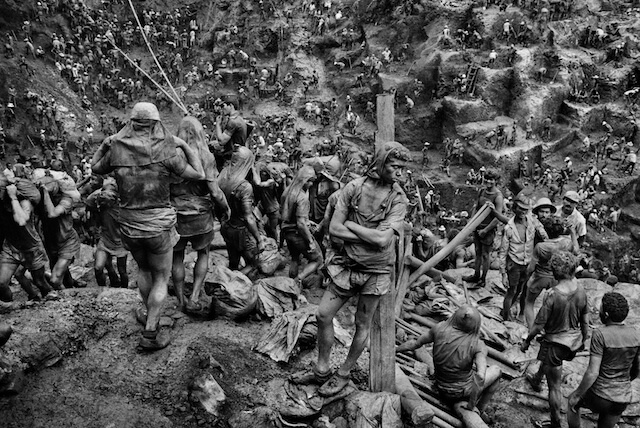
Sony Pictures Classics








